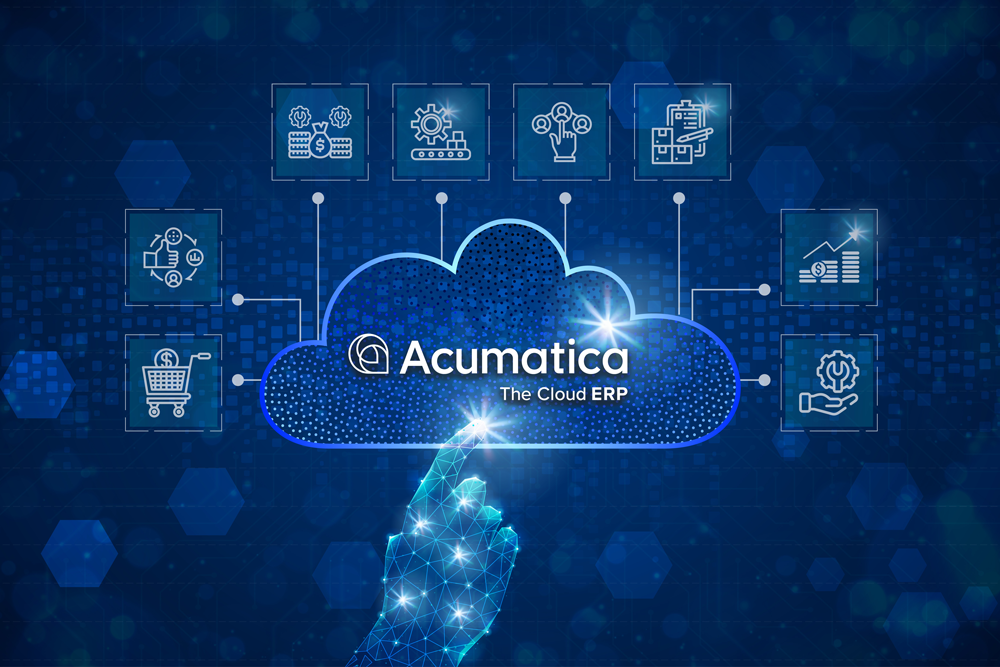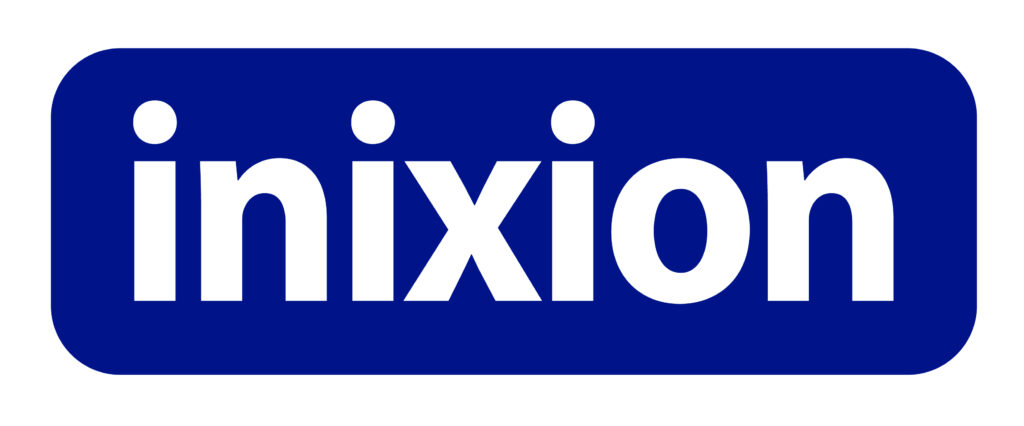 The mid-market ERP world just got a massive wake-up call. Vista Equity Partners, the Austin-based private equity powerhouse with over $100 billion in assets under management, dropped a cool $2 billion to snatch up Acumatica from EQT Partners. And frankly, it’s the kind of move that makes every enterprise software CEO break out in a cold sweat.
The mid-market ERP world just got a massive wake-up call. Vista Equity Partners, the Austin-based private equity powerhouse with over $100 billion in assets under management, dropped a cool $2 billion to snatch up Acumatica from EQT Partners. And frankly, it’s the kind of move that makes every enterprise software CEO break out in a cold sweat.
Here’s what makes this deal particularly juicy: Vista didn’t just buy another software company – they acquired what many consider the scrappiest, most innovative cloud ERP challenger in the mid-market space. While legacy giants like SAP and Oracle have been busy milking their installed base with maintenance fees, Acumatica has been quietly building momentum with a cloud-native platform that actually makes sense to use.
The timing couldn’t be more telling. We’re witnessing the great digital transformation reckoning of 2025, where mid-market companies are finally ditching their Frankenstein-esque combinations of QuickBooks, Excel spreadsheets, and prayer circles for actual integrated business management platforms. Acumatica’s cloud-native ERP platform enables a range of mid-market organizations to digitally manage and automate mission-critical processes from core financial management to payroll and Customer Relationship Management in a single, unified system.
But let’s talk about what Vista really bought here. They didn’t just acquire software – they bought a community. Acumatica has cultivated something rare in the ERP world: a partner ecosystem that doesn’t want to strangle each other at user conferences. Their value-added reseller (VAR) channel has become legendary for actually adding value, not just marking up license fees and disappearing when things get complicated.
The AI angle is where things get particularly spicy. This deal appears to be more than just another portfolio addition – it’s a strategic play for the AI-powered future of business management. While competitors are still figuring out how to bolt AI features onto decades-old architectures, Acumatica’s modern, API-first platform is practically begging for intelligent automation.
John Case, Acumatica’s CEO, didn’t mince words about the partnership’s potential: “Vista’s investment can help power our AI-first product strategy and further strengthen our thriving Community of partners, developers and customers.” Translation: we’re about to get seriously aggressive about product development, and our competitors better buckle up.
Vista’s track record speaks volumes about their intentions. They’ve turned companies like Cvent, Solera, and Tibco into category-defining powerhouses through what they call their “proprietary and systematic approach to value creation.” In plain English, they’re really good at taking promising software companies and turning them into market dominators through a combination of aggressive R&D investment, strategic acquisitions, and operational excellence.
The $2 billion valuation tells its own story. Private equity firm EQT Partners acquired Acumatica in 2019, meaning Vista is paying a premium that suggests they see massive untapped potential in the mid-market ERP space. When you consider that many mid-market companies are still running on systems that would make a 1990s IT manager nostalgic, the growth runway looks practically infinite.
What makes this acquisition particularly fascinating is the timing within the broader ERP landscape. Salesforce is pushing harder into ERP territory, Microsoft is doubling down on Dynamics 365, and Oracle is messaging that their cloud transformation is on a good path. Meanwhile, Acumatica has been quietly building a reputation as the platform that mid-market companies actually want to use, not just endure.
The construction, manufacturing, and distribution industries – Acumatica’s sweet spots – are undergoing their own digital transformations. These aren’t your typical SaaS-native companies; they’re traditional businesses that have been burned by overpriced, under-delivering ERP implementations. Acumatica’s industry-specific functionality and flexible architecture have made them the go-to choice for companies that need serious business management capabilities without the enterprise-grade complexity and price tag.
Vista’s Monti Saroya summed up the opportunity perfectly: “Acumatica is an ascendant, cloud-native ERP platform that has become a leading provider of mission-critical tools that enable small and mid-sized businesses to run more efficiently and effectively.” But reading between the lines, what he’s really saying is: we see a massive market opportunity that’s been underserved by legacy vendors, and we’re about to pour rocket fuel on the company best positioned to capture it.
The transaction is expected to close in Q3 2025, giving Vista time to integrate Acumatica into their portfolio and start executing on their growth strategy. But make no mistake – this deal represents more than just another private equity acquisition. It’s a signal that the mid-market ERP wars are about to get very interesting, very quickly.
What this means for ERP Insiders
Accelerate your cloud ERP evaluation timeline. The Vista acquisition fundamentally changes the competitive landscape for mid-market ERP selections. Organizations still running on-premise or hybrid systems need to fast-track their cloud migration strategies before Acumatica’s enhanced capabilities create an even wider competitive gap. Industry data shows that companies implementing cloud ERP solutions are seeing 23% faster financial close cycles and 35% improvement in inventory turnover rates compared to legacy systems. Acumatica’s real-time financial reporting capabilities, combined with their construction project management modules, enabled Kiewit Corporation to reduce project reporting time from days to hours while improving profit margin visibility by 40%. With Vista’s investment backing accelerated AI integration, waiting another 12-18 months for evaluation could mean missing the window on next-generation automation features like predictive cash flow modeling and intelligent procurement recommendations that will become table stakes.
Strengthen your partner channel strategy. Vista’s $2 billion bet validates the critical importance of partner ecosystems in ERP success, making it essential for organizations to prioritize vendors with robust, committed channel programs. Market research indicates that companies working with specialized ERP implementation partners experience 67% higher user adoption rates and 45% lower total cost of ownership over five years. Acumatica’s Construction Edition success with partners like CAL Business Solutions demonstrates this impact – their specialized vertical expertise helped Hensel Phelps implement integrated project accounting and document management, resulting in 50% faster change order processing and 30% reduction in project administrative costs. As Vista expands Acumatica’s partner program investment, organizations should evaluate potential ERP vendors based on their channel depth, vertical specialization, and long-term partner commitment rather than just software capabilities alone.
Prioritize API-first architecture in your ERP requirements. The acquisition signals a major shift toward integration-centric business management platforms, making API-first architecture a non-negotiable requirement for future-proofing your ERP investment. Companies with modern, REST API-enabled ERP systems report 58% faster integration of new business applications and 40% lower maintenance costs for system connections. Acumatica’s open architecture enabled Ajinomoto Foods to seamlessly integrate their existing warehouse management system, e-commerce platform, and business intelligence tools, creating a unified data ecosystem that improved inventory accuracy to 99.8% while reducing IT maintenance overhead by 25%. With Vista’s backing likely to accelerate Acumatica’s AI and machine learning integrations, organizations should demand comprehensive API documentation, pre-built connectors for their critical business applications, and vendor roadmaps that prioritize ecosystem expandability over monolithic feature additions.






